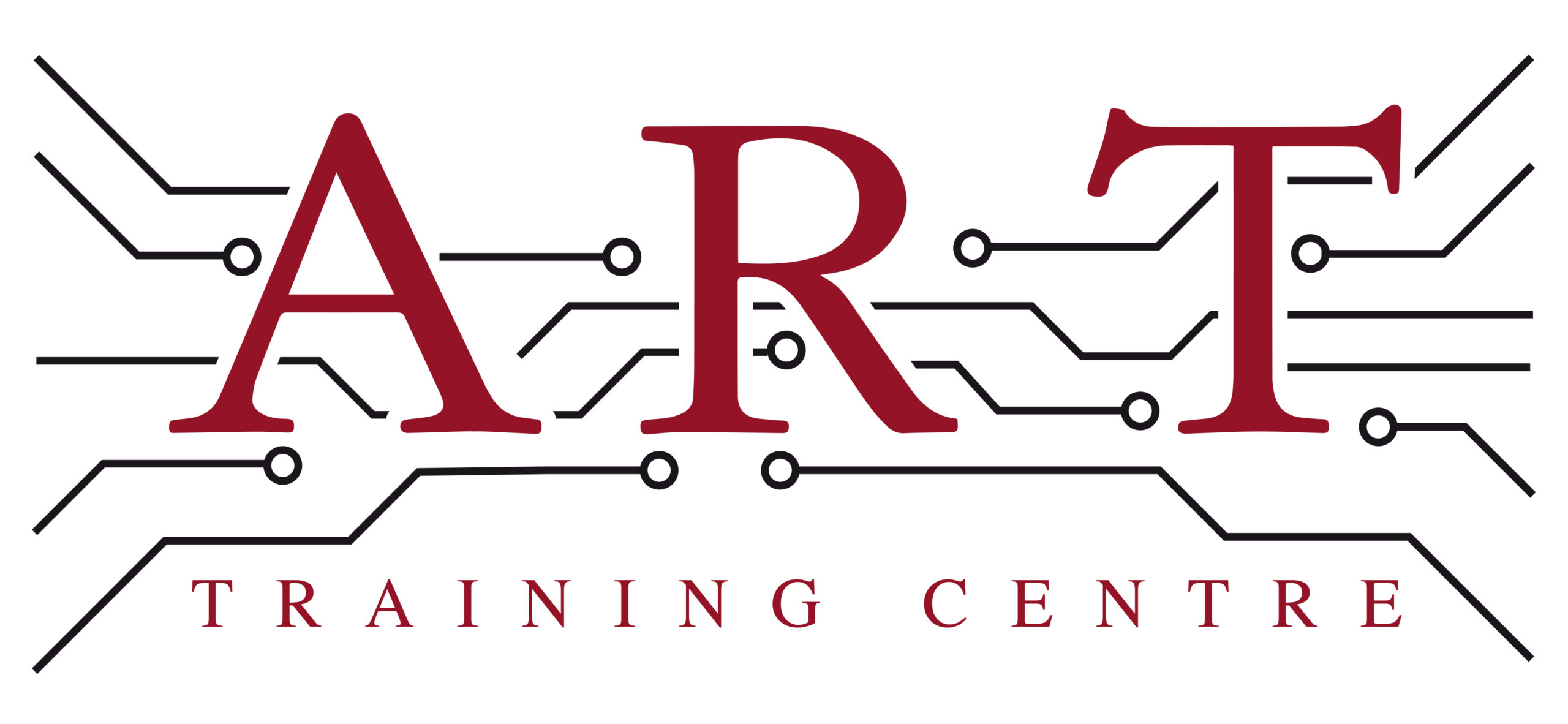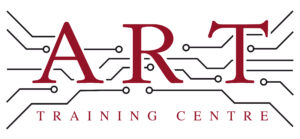Definition
MELF stands for Metal Electrode Leadless Face and is a type of passive electronic component used in circuit design. It is a cylindrical resistor or capacitor with no leads, making it suitable for surface mount technology (SMT). MELFs are known for their reliability and stability, which are crucial in high-performance applications. They are often used in printed circuit boards (PCBs) due to their efficient use of space and improved electrical performance.
How It’s Used in the Industry
MELF components are applied in electronics assembly primarily for their compact design and reliability. During the assembly process, MELFs are placed on the surface of printed circuit boards (PCBs) using automated pick-and-place machines. Soldering is typically done using reflow techniques, where the solder paste is melted to create strong electrical connections. In rework scenarios, technicians may need to desolder and replace MELFs, which requires precision and care to avoid damaging the PCB. Understanding MELF usage is essential for both trainees and experienced professionals, as it enhances their skills in modern soldering methods and component handling.
History & Origins
The MELF technology emerged in the late 20th century as the demand for smaller and more efficient electronic components grew. Initially popularised in the 1980s, MELFs became common in electronics manufacturing due to their advantageous characteristics, such as lower inductance and better thermal performance. The development of standards like IPC-610 helped ensure quality and reliability, leading to wider adoption in various applications, from consumer electronics to aerospace technology. This evolution marked a significant shift in how components were designed and assembled in the industry.
Variations
There are several variations of MELF components, including different sizes and resistance values tailored for specific applications. Compared to traditional leaded components, MELFs offer better performance in high-frequency applications due to their reduced lead inductance. Additionally, MELFs may differ from other surface mount devices (SMDs) in terms of shape and mounting techniques. Understanding these variations is important for learners, as it helps them choose the right component for their designs and applications.
Modern Applications
Today, MELFs are widely used in various electronic devices, particularly in high-frequency and high-reliability applications. They are integral to surface mount technology (SMT) and are increasingly found in advanced assembly processes. Their design ensures compliance with IPC standards, which is crucial for quality and reliability in electronics production. MELFs are also used in professional training environments, where understanding their application enhances the skills necessary for modern electronics manufacturing and repair.
Practical Tips & Training
When working with MELFs, it’s important to handle them with care to avoid damage. Use appropriate tools, such as fine-tipped soldering irons and solder paste dispensers, for accurate placement and soldering. Inspect MELFs carefully for proper alignment and solder joint quality during assembly. Structured training and certification in electronics are essential for developing skills in working with MELFs, as they ensure technicians are knowledgeable about best practices and safety standards in the industry.


